Illustration photo: Tuan Anh/VNA |
Implementing the provisions of the Law on Environmental Protection 2020, in order to strengthen the control of urban air pollution and complete the system of National Technical Regulations (QCVN) on vehicle emissions, the Department of Environment ( Ministry of Agriculture and Environment ) was assigned to draft a Circular regulation QCVN on automobile, motorbike, and scooter emissions and the roadmap for application to submit to the Minister for promulgation.
Along with that, the Ministry of Agriculture and Environment drafted a Decision on the roadmap for applying National Technical Regulations on emissions from motorbikes and mopeds participating in traffic and submitted it to the Government for the Prime Minister to sign and promulgate.
Regarding emission standards, the Ministry of Agriculture and Environment proposes that motorbikes manufactured before 2008 will apply level one - the lowest level in the standard. Vehicles manufactured from 2008-2016 will apply level two. Level three will apply to vehicles manufactured from 2017 to June 30, 2026; level four to vehicles manufactured after July 1, 2026.
For motorbikes, level one applies to vehicles manufactured before 2016; level two applies to vehicles manufactured from 2017 to June 30, 2027. Vehicles manufactured from July 1, 2027 apply level four.
Explaining the development of standards and roadmap for applying emission standards for motorbikes and scooters, in the policy impact assessment report, the Ministry of Agriculture and Environment presented legal bases, practices as well as international experience.
From a legal perspective, Vietnam is implementing international commitments, especially COP26 with the declaration of achieving zero net emissions by 2050, transitioning to a green and sustainable economy. In November 2020, the National Assembly passed the Law on Environmental Protection, stipulating that the Ministry of Natural Resources and Environment (now the Ministry of Agriculture and Environment) coordinates with the Ministry of Transport (now the Ministry of Construction ) to submit to the Prime Minister a roadmap for applying national standards and regulations on emissions of road motor vehicles in circulation in Vietnam.
In the draft, the emission inspection schedule will officially start from July 1, 2027 in Hanoi and Ho Chi Minh City, other major cities such as Hai Phong, Da Nang, Can Tho and Hue will start from July 1, 2028. From January 1, 2030, emission inspection will officially start for motorbikes in the remaining provinces and cities. Depending on the actual situation, these provinces and cities can stipulate to apply the deadline earlier.
To give people time to get used to it, the drafting agency added a regulation that after 18 months from the start of emission inspection, the authorities will impose fines, before which they focus on reminding and propagating. Motorcycles and motorbikes that do not meet the requirements during inspection will not be allowed to circulate like cars today.
According to the Ministry of Agriculture and Environment, from 2009 to 2023, the number of vehicles nationally increased by an average of 10-15% per year. By December 2023, the number of registered vehicles nationally was 6.3 million cars and more than 74 million motorbikes. The increase in road vehicles has led to an increase in air pollution in Vietnam in general and in some large cities in particular, mainly dust pollution. Research results from a number of environmental experts show that the contribution rate of dust pollution from traffic activities ranges from 20-60%.
Air pollution in Vietnam has caused losses of 5-7% of GDP annually, according to calculations by the World Bank. According to research by Fulbright University Vietnam, air pollution in Vietnam causes economic losses of about 9.86-12.45 billion USD in 2013 and has increased significantly in recent years. In Hanoi alone, the estimated cost of respiratory examination and treatment, economic losses due to sick leave for inner-city residents is 1,500 VND/person/day and the total economic losses due to respiratory diseases are about 2,000 billion VND/year.
According to information from the Ministry of Agriculture and Environment, through the results of monitoring and supervising air quality in large cities and key economic regions over many years, the level of pollution tends to increase (especially peaking at the end of 2024, corresponding to the time before COVID-19, in 2019). The most concerning pollution issue is dust and fine dust PM2.5.
In large cities such as Hanoi and Ho Chi Minh City, in the last months of the year (from October onwards), the number of days when PM2.5 dust concentration exceeds the national technical standards (QCVN 05:2023/BTNMT) is still very common, accounting for about 35% of the total number of days in the "pollution period" (in Hanoi, there are up to 47 days when air quality is at the "bad - AQI ≥151" level).
Days with good air quality only account for about 22% of the total days in a year.
According to VNA
Source: https://baoapbac.vn/xa-hoi/202507/du-kien-ban-hanh-quy-chuan-khi-thai-xe-may-trong-thang-7-1046539/


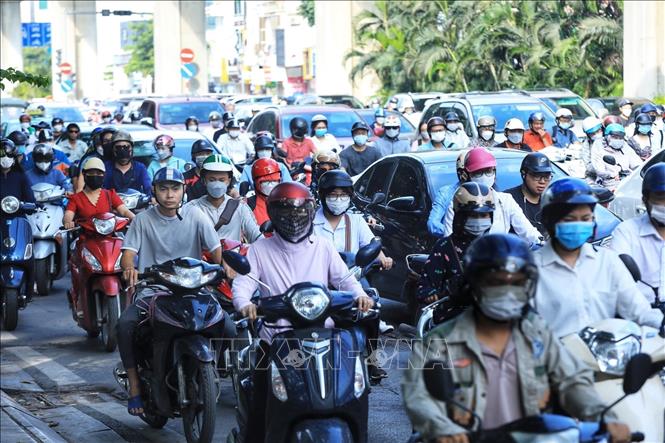






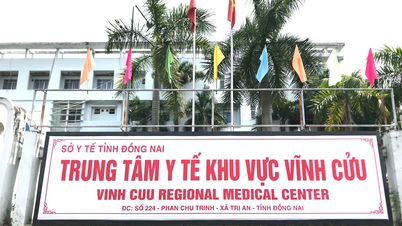

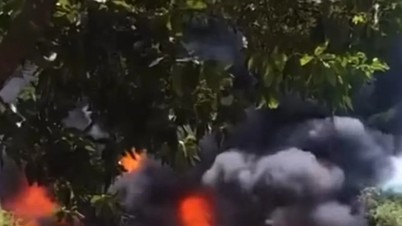





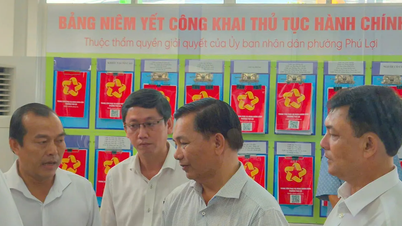






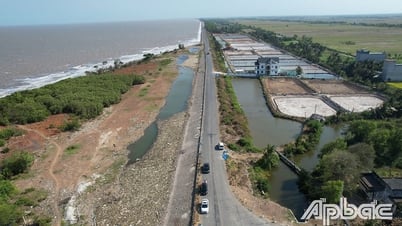
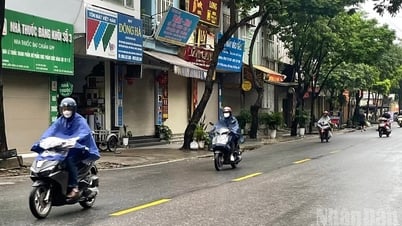



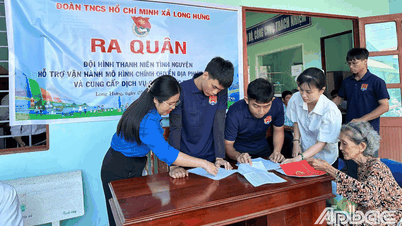























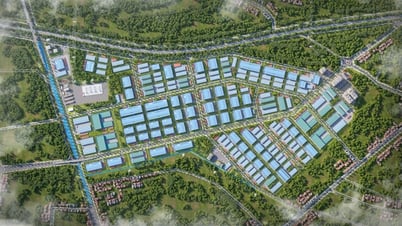







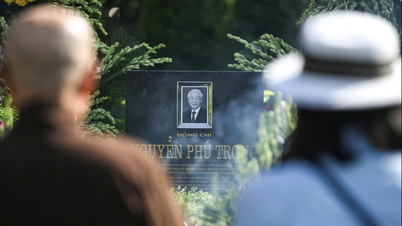











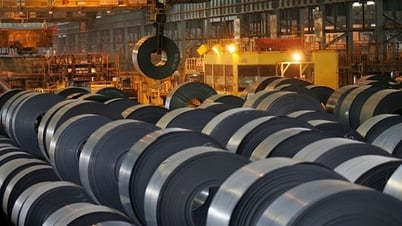





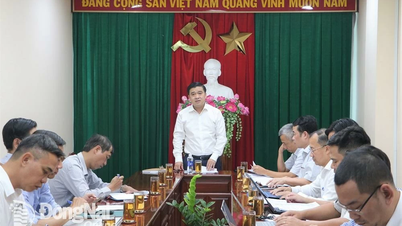
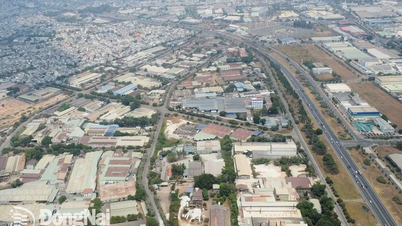
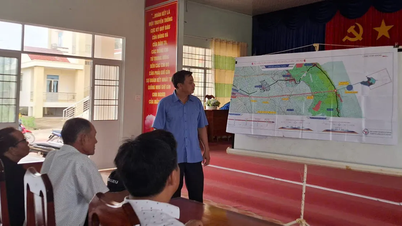














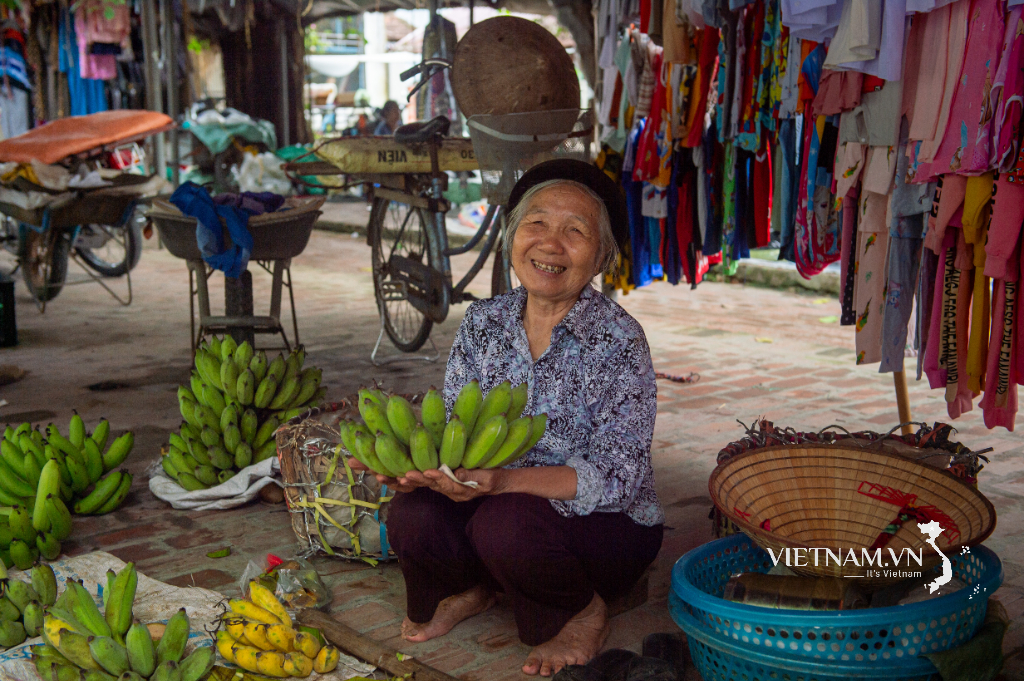
Comment (0)